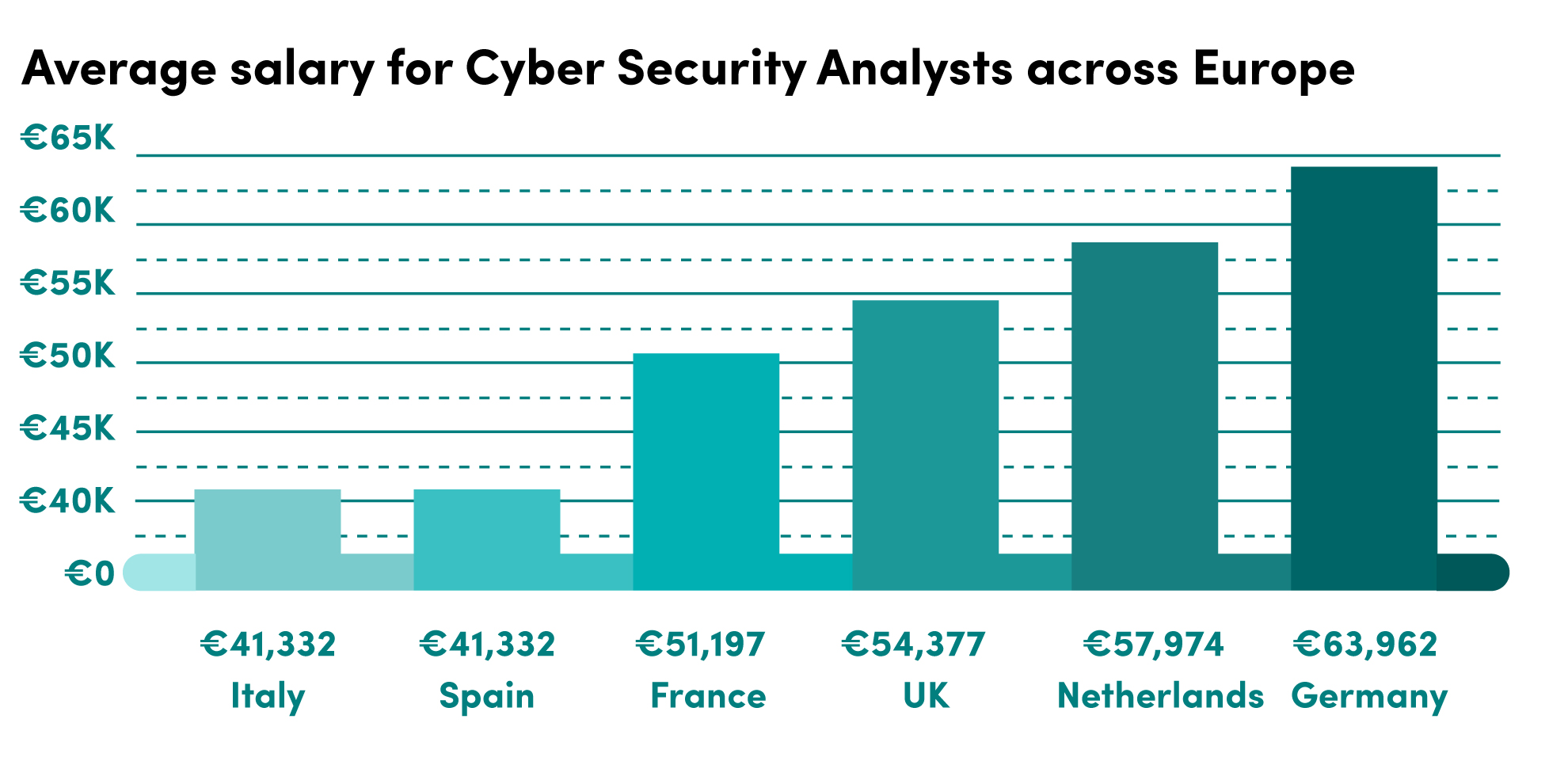What Is Cybersecurity?
Cybersecurity is the practice of ensuring the integrity of information, and protecting systems, networks, and programs from digital attacks while ensuring confidentiality, and availability.
Cybersecurity comprises an evolving set of tools, risk management methods, technologies, training, and best practices designed to protect networks, devices, programs, and data from attacks or unauthorized access, and these aim at reading, altering, or tempering sensitive information; extracting money from users; or intersecting normal business procedures.
Implementing active cybersecurity procedures is particularly challenging in our present world because there are more devices than people, and attackers are becoming more innovative.
Why is cybersecurity important?
In today’s world, everyone benefits from advanced cyber security programs. The world now relies more on technology than ever before, and as a result, digital data creation has surged. Businesses and governments now store a great deal of information/data on computers and share them with other computers through a network. Any attack or data breach on those networks/servers can have very devastating consequences. It can unknot a company’s reputation and result in loss of consumer and partner trust.
Through the help of cyber threat researchers, like the team of 250 threat researchers at Talos, whose job is investigating new and developing threats and cyber-attack tactics. They expose any new weaknesses, educate the public on the importance of cybersecurity, and reinforce open-source tools. The internet has become a lot safer for everyone, because of their work.
Common types of cybersecurity
Network Security defends the network traffic by controlling the sending and receiving connections to avert threats from entering or spreading on the network.
It is made up of a set of rules and configurations designed to guard the integrity, privacy, and accessibility of computer networks and information using both software and hardware technologies.
Data Loss Prevention (DLP) is a cybersecurity solution that spots and averts data breaches. it guards data by concentrating on the location, classification, and monitoring of information at rest, in use, and in motion. Hence it blocks the extraction of sensitive data, it is used for internal security and regulatory compliance by organizations
Cloud Security is a set of technologies, policies, controls, and services that guard cloud data, applications, and other imperative data from threats. It provides safety for data used in cloud-based services and applications.
Intrusion Detection Systems (IDS) or Intrusion Prevention Systems (IPS) work to identify possibly hostile cyber activity.
Identity and Access Management (IAM) is a web service that controls access to AWS resources securely. It is used to control who is genuinely signed in and authorized (has permission) to use resources.
Antivirus/anti-malware help prevent attacks by scanning all incoming data to prevent malicious threats from infecting the computer system.
Types of cybersecurity threats
Phishing
Phishing is the practice of sending fraudulent emails that look like emails from genuine sources to steal sensitive information such as credit card numbers and login details. It is known as the most common type of cyber-attack.
Ransomware
Ransomware is a type of harmful software, designed to extort money from users by blocking access to data or the computer system until a ransom is paid. There is no guarantee that the files encrypted will be recovered or the system restored after the ransom has been paid.
Malware
Malware is malicious software designed to gain unauthorized entrance or to cause severe damage to a computer.
Social engineering
Social engineering is an approach that hackers use to coax you into exposing sensitive information. They can lobby a monetary payment or gain entrance to your confidential information. Social engineering can be combined with any of the threats listed above to make their links so enticing to click, download malware, or trust a harmful source.
Why learn Cyber security
- High Demand
According to the Bureau of Labour Statistics, the demand for professionals in cyber security is expected to have a 28% growth by 2026. This percentage is a lot higher than the national average, which implies that this field of professions will expand over the coming years.
The high demand for these information security personnel comes from the fact that most jobs now have huge sections of them automated with most of their information stored online, thereby giving rise to an increase in cyber-attacks.
2. High Earn Salary

With stories of fresh cyber attacks in the news almost every week, The importance of cyber security in the world cannot be overemphasized. Faced with numerous online attacks, business and government agencies are in search of experts who can guard their systems from cybercriminals – and they are eager to pay high salaries and offer training and development. The cyber security industry presents lots of opportunities for anyone looking to secure a career in that space.

Featured image source: Springboard








